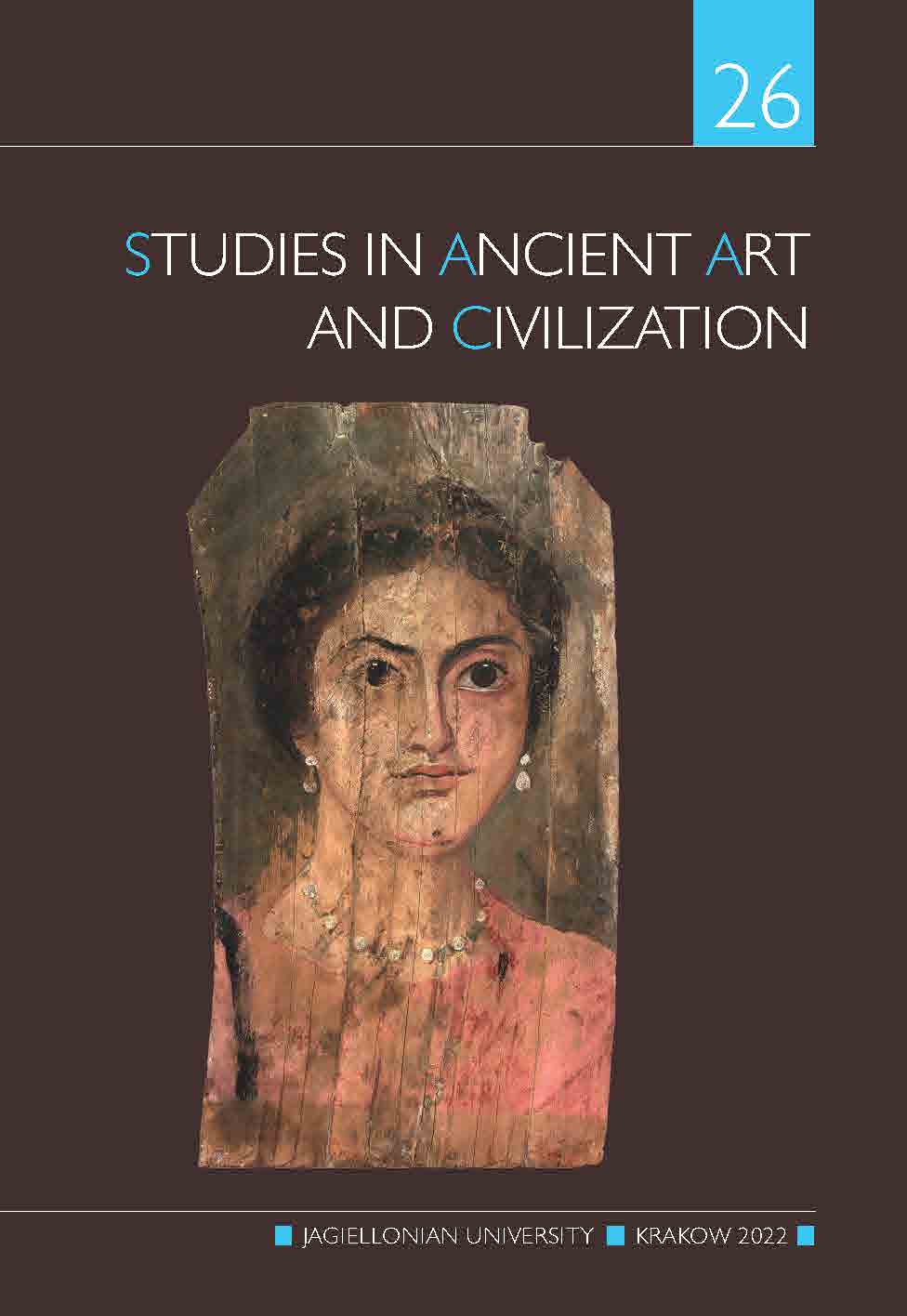THE FOUNDATION SCENE ON ROMAN COLONIAL COINS FROM THE NEAR EAST IN THE 3RD CENTURY CE
THE FOUNDATION SCENE ON ROMAN COLONIAL COINS FROM THE NEAR EAST IN THE 3RD CENTURY CE
Author(s): Szymon JellonekSubject(s): Archaeology, Ancient World
Published by: KSIĘGARNIA AKADEMICKA Sp. z o.o.
Keywords: Roman Colonies; Provincial Coins; Near East;
Summary/Abstract: One of the most common iconographic motifs of Roman colonial coinage is the ‘foundation scene’. Colonies modelled on Rome were established according to the aratrum ritual, in imitation of the manner in which, according to myths, Romulus founded Rome. Veteran colonies, established between the 1st century BCE and the 2nd century CE, gladly exploited that motif to commemorate the colonial foundation and to manifest their bond with Rome. However, colonies set up under Septimius Severus and later were considered as purely titular foundations. Nevertheless, they also occasionally presented the foundation scene on civic coins. If they were not colonists, the question arises as to the message that such coins conveyed.In this paper, the author makes an attempt to examine the foundation scene on Roman colonial coins from the Near East in the 3rd century CE. The concepts of veteran and titular colonies are contrasted. It is a noteworthy that while the colonies in northern Syria and Mesopotamia (except Rhesaena) never introduced the foundation scene on their coinages, the southern colonies (except Philippopolis) proudly manifested their connections with Rome. Eventually, the foundation scene disappeared from colonial coins of the Near East in the mid-3rd century.
Journal: Studies in Ancient Art and Civilization
- Issue Year: 2022
- Issue No: 26
- Page Range: 163-182
- Page Count: 20
- Language: English

